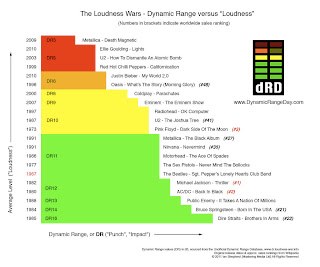“the secret to great sound is to understand where it starts for the listener and work your way backwards.”
(Ray Thomas Baker, Queen producer)
Hello and welcome to this week's article! Today we're going to talk about guitar amp speakers!
Speakers are a very important part of a guitar (and bass) tone, and like every other item in the Signal Chain they colour the tone by altering the EQ, harmonics, and sound envelope of anything is in front of them.
Speakers can be an excellent way of solving tonal problems that many spend thousands of dollars trying to fix: we like the tone of our amplifier but we need a bit more body in the low-end area (possibly because we have a bright sounding guitar)?
We can try changing the speaker: there are more modern sounding, more vintage sounding, with more or less low-end, more suited for overdrive or for clean tones (in the manufacturer's website there are often comparison charts with the brand's speaker models, in order to understand the differencies of Eq and timbre among them).
This article does not intend to go too deep with the physics that rules a speaker, but there are a couple of important parameters to bear in mind when choosing the right one: Ohms and Watts.
- Ohms (often represented with the greek letter for Omega "Ω") it's the measuring system for Impedance, which is basically the resistance applied between the Output transformer of the amp and the speaker. Ideally, the lower the impedance is, the louder the sound will result, but the more stressful the task will be for the amplifier (although most of modern amplifiers are perfectly suited to work even with 4 Ohm).
Guitar cabinets are usually built with the following impedance values: 4 Ohm, 8 Ohm or 16 Ohm and some of them lets us switch betweek the values, while others instead can only work in one or two modes.
The ideal situation would be to connect the speaker cable (which is not a common instrument cable, don't mistake!!) from the amplifier's output to the cabinet input of the matching Ohm impedance, but this is not always possible.
- Speaking of Watts, instead, it's important to check out the maximum load accepted from a cabinet (intended as the sum of the single speakers mounted): it must be equal or if possible higher than the maximum Rms output of the amplifier, in order to avoid damages to the speaker.
If we must use a non matched amp-speaker combination, it is possible to use the cabinet with higher impedance value with the amp using a lower setting (e.g. 8 Ohm cabinet with 4 Ohm amp setting).
This type of connection will slighly modify the overall instrument timbre due to the fact that the output transformers will have to deal with different load (this is true for tube power amp section, not the solid state one), but it won't cost any harm to the amplifier.
A combination to avoid, instead, is when we have a lower impedance value cabinet connected to the higher impedance value amp. For example: 4 Ohm cabinet connected to the 8 Ohm amp; this will stress the output transformer and may cause damage to the amplifier.
For example: if we have a 120w rms head, we must connect it to AT LEAST a cabinet with 1 120w speaker, or 2x60w speakers, but if possible it would be even better to connect it to a 4x60w speakers, so that the power load is divided by four (120w / 4 = 30w), and sent to 4 speakers with a 60w maximum power rating, so that we are sure that even if we drive the amp to the maximum, the speakers won't get damaged.
Today there are many speaker manufacturers, which builds loudspeakers of any kind, any dimension (the most common for guitars is usually 12 inches, but for bass is also popular the 10" or the 15" size) and any material (the most commons are Ceramic and Alnico), and the most popular brands are Celestion, Electro-Voice, Eminence and Jensen. Each brand and each single model has a unique sound, and as always our suggestion is to go to a shop with your own guitar (and if possible, amplifier), and to try as many speaker-cabinet combinations as you can, in order to choose the cabinet more suited to your own taste.
Today there are many speaker manufacturers, which builds loudspeakers of any kind, any dimension (the most common for guitars is usually 12 inches, but for bass is also popular the 10" or the 15" size) and any material (the most commons are Ceramic and Alnico), and the most popular brands are Celestion, Electro-Voice, Eminence and Jensen. Each brand and each single model has a unique sound, and as always our suggestion is to go to a shop with your own guitar (and if possible, amplifier), and to try as many speaker-cabinet combinations as you can, in order to choose the cabinet more suited to your own taste.




